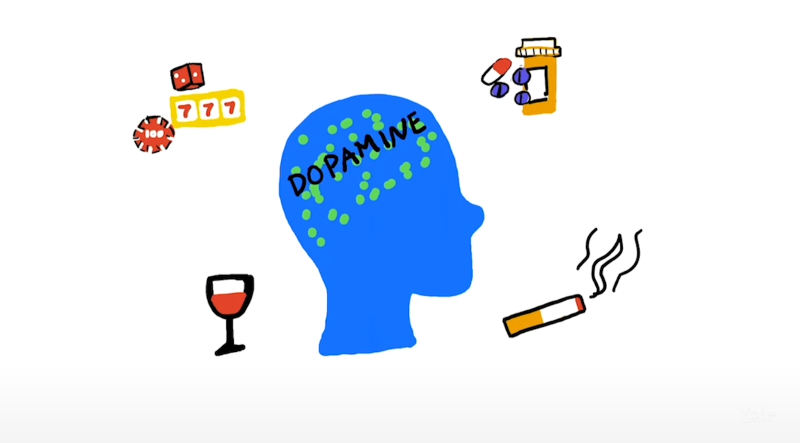Credit:www.facebook.com/BlackMythGame
The game "Black Myth: Wukong," launched on Steam on August 20, 2024, has achieved remarkable sales, exceeding 10 million copies, and has become one of the platform's top sellers. This AAA game is inspired by the classic Chinese novel "Journey to the West," which, despite its cultural richness, remains unfamiliar to some. We extend our congratulations to "Black Myth: Wukong" for this significant milestone.
With its surge in popularity, "Black Myth: Wukong" has introduced many newcomers to the AAA gaming genre, some of whom have reported experiencing dizziness during their first encounters with the game. Interestingly, even seasoned AAA gamers have reported similar symptoms after extended play sessions, prompting an exploration into the causes of this phenomenon.
"Black Myth: Wukong" is a visually stunning 3D action role-playing game with lifelike movements and effects. While the 3D aspect enhances the game's appeal, it may also be the culprit behind the dizziness and nausea that some players experience.
Dizziness in the context of gaming is often related to a sensory mismatch between what is seen and what the body's balance system perceives. This can be categorized into peripheral vestibular dizziness, which is more commonly associated with gaming experiences like "Black Myth: Wukong," and central vestibular dizziness. The factors contributing to this type of dizziness include:
1. Sensory Discord:The 3D environment creates an illusion of movement that the visual system perceives, but the vestibular system does not corroborate with a corresponding physical sensation.
2. Visual Latency:Differences in hardware can lead to variations in game performance, resulting in a discrepancy between the visual input and the vestibular system's expectations, especially when refresh rates and frame rates are suboptimal.
3. Rapid Environmental Adaptation:The brain must quickly adapt to the shifting visual scenes within a 3D space, a demand that can overwhelm some players and lead to discomfort.
4. Individual Sensitivity:Some players possess a more sensitive vestibular system, making them more susceptible to the discord between visual and vestibular inputs.
5. Prolonged Exposure:Extended periods engaged with 3D games can lead to cognitive fatigue, impairing the brain's ability to seamlessly integrate visual and vestibular signals.
It's important to note that "Black Myth: Wukong" is not unique in this regard; many 3D games and virtual reality experiences can induce similar sensations. Even 3D movies in theaters have been known to cause discomfort in some viewers. If you've ever felt uneasy after watching a 3D film, you might want to approach "Black Myth: Wukong" and other 3D games with caution, as they may not align with your body's sensory preferences.
For further insights into medical phenomena and gaming, stay tuned to medicine.net.
References:
1.Jelte E. Bos, Willem Bles, Eric L. Groen,A theory on visually induced motion sickness,Displays,Volume29, Issue 2,2008,Pages 47-57,ISSN 0141-9382,https://doi.org/10.1016/j.displa.2007.09.002.
2.Robert S. Kennedy, Julie Drexler, Robert C. Kennedy,Research in visually induced motion sickness,Applied Ergonomics,Volume41,Issue4,2010,Pages 494-503,ISSN 0003-6870,https://doi.org/10.1016/j.apergo.2009.11.006.
3.Koch A, Cascorbi I, Westhofen M, Dafotakis M, Klapa S, Kuhtz-Buschbeck JP. The Neurophysiology and Treatment of Motion Sickness. Dtsch Arztebl Int. 2018 Oct 12;115(41):687-696. doi: 10.3238/arztebl.2018.0687. PMID: 30406755; PMCID: PMC6241144.
4.Yeo, S.S., Kwon, J.W. & Park, S.Y. EEG-based analysis of various sensory stimulation effects to reduce visually induced motion sickness in virtual reality. Sci Rep 12, 18043 (2022). https://doi.org/10.1038/s41598-022-21307-z





Post comments